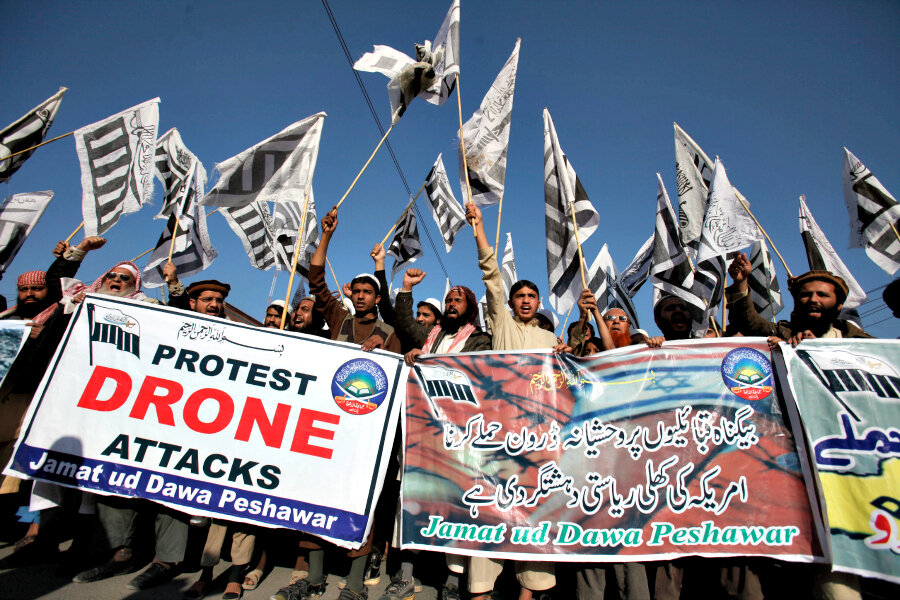Droning on
Loading...
After several months of hiatus the United States is back raining down drone strikes in Pakistan – three so far this month. Another US drone recently attacked alleged terrorists in Yemen. And Secretary of State John Kerry has said drone attacks won’t be ruled out as the US plans how it will aid Iraq in its battle with insurgents from the Islamic State of Iraq and the Levant.
The world associates the US with drone attacks. They can strike targets that would be hard to reach by any other means. These unmanned vehicles don’t put the lives of US military personnel at risk. Much of the time drones make “precision” attacks that avoid civilian casualties. And they introduce a certain fear in opponents – who knows when a drone is nearby and about to strike?
No wonder other countries are eager to develop their own drone programs. According to a new report from the Council on Foreign Relations (CFR), four other countries already possess military drones: Britain, Israel, China, and Iran. Others are moving forward with programs, including India and Pakistan. And a stealth drone called Neuron is being jointly developed by Switzerland, France, Italy, Spain, Greece, and Sweden.
With drone use only increasing in the future, the US needs to maintain leadership not only in the technology of drone warfare but in addressing the ethical issues involved. As the US makes the decision to sell drones to other countries, it needs to include a set of standards on how they would be used. In doing that, the US would be forced to spell out more transparently what its own standards are.
In many ways drone attacks are troubling. They have caused an unknown number of casualties among innocent bystanders, a tragedy in itself and a vehicle for turning public opinion in countries where drones are used against the US.
Because drones don’t typically put US lives at risk, there will always be a temptation to overuse them. The legality of drone strikes, including questions of whether they respect the sovereignty of other nations, remains a murky area.
Beyond how the US is using, or would be likely to use, drones lies another troubling scenario: Drones would provide an excellent means of delivering biological or chemical weapons. The US must weigh that possibility as it chooses to whom it would sell drones.
The CFR report contains a number of other sensible steps the US should take to open up a pubic discussion of drone use. Among them:
•US intelligence agencies should publish unclassified documents on the trends they see in the future use of military drones.
•The US should conduct studies on how drones might be used in the future against US interests.
•Administration officials should testify before congressional committees on the principles that guide US policy on drone exports.
The US has yet to have a serious national discussion on the use of drone warfare. The pursuit of terrorists has taken precedence over questions about proliferation and rules of conduct. But as the use of drones spreads to other nations, setting a clear US standard for the world to follow becomes ever more important.





